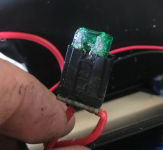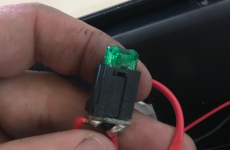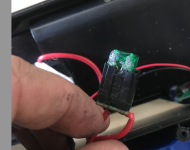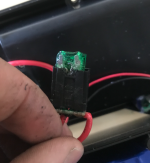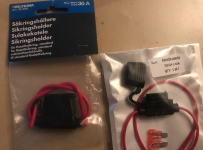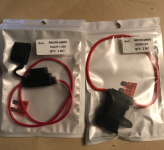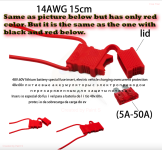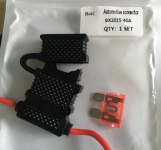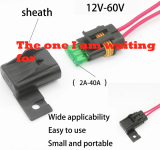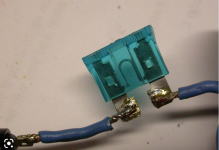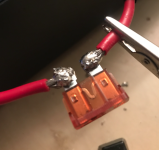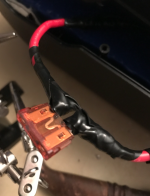Cyclomania
10 kW
Hi
I think I blew the fuse (?) in my ebike battery riding quite hard uphill with a slightly too strong controller perhaps.
Looks like in the picture. Any idea on what and how to change this? It is kind of melted into the black and green there. Can I just cut it off with a knife and solder on something different? And if so, what should I use?
Thanks
I think I blew the fuse (?) in my ebike battery riding quite hard uphill with a slightly too strong controller perhaps.
Looks like in the picture. Any idea on what and how to change this? It is kind of melted into the black and green there. Can I just cut it off with a knife and solder on something different? And if so, what should I use?
Thanks


